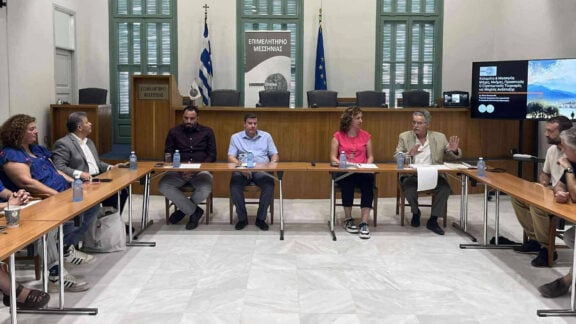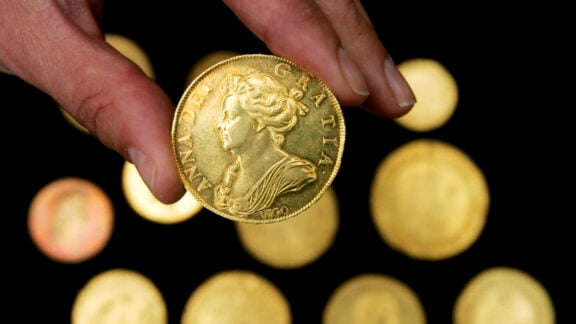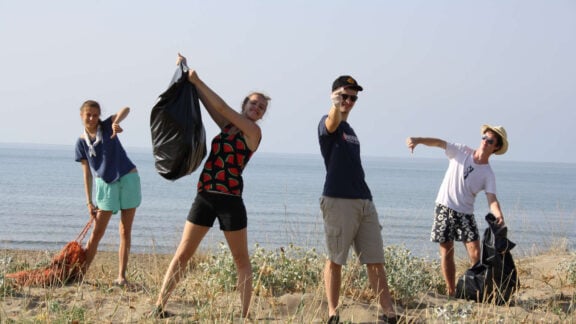A single photo shared on social media by Darwin’s Greek-born mayor, Kon Vatskalis, has shone a spotlight on a moving expression of Hellenism in the heart of Australia’s outback.
Captioning the image, Vatskalis wrote: “I visited Tennant Creek and met one of the oldest Greeks in the area, Giorgos Konidaris from Lefkada. I was amazed by his home, filled with Greek statues. I felt like I was in Greece.”
The striking photo, showing Vatskalis and Konidaris standing outside the latter’s house, which is adorned with statues of ancient Greek philosophers and deities, has sparked emotional reactions online.
Speaking with Neos Kosmos, Mayor Vatskalis explained that the house is part of a larger farm estate in the Tennant Creek region, managed by Giorgos Konidaris and his son.
The Konidaris family has also been featured in Effy Alexakis and Leonard Janiszewski’s renowned book In Their Own Image: Greek Australians, which highlights their remarkable efforts in bringing Greek identity to the Australian outback.

Bringing Greece to the desert
Tennant Creek, located approximately 500km north of Alice Springs in the Northern Territory, is an isolated township known for its cattle stations, gold deposits, unique geological formations, and rich Indigenous culture. Despite its remoteness, Hellenic presence has never been absent, with the Konidaris family standing as a testament to that enduring legacy.
Although often described as desert, Tennant Creek is, in truth, more of an oasis within Australia’s rugged interior. With a population of around 3,000, the majority being Indigenous Australians, it remains a culturally significant and vibrant place.
A family rooted in culture
Dimitrios and Stamata Konidaris (née Ktenas) migrated to Tennant Creek in the 1970s. They became Australian citizens in 1976 and raised three children Giorgos, Antonis, and Stathoula.
Dimitrios had a passion for painting, often capturing images of the Acropolis, while Stamata was dedicated to embroidery. Despite the challenges of living in isolation, they were committed to keeping their Greek identity alive.
“We speak to the children in Greek, but they reply in English. We went to Darwin to baptise them. Sometimes the priest visits us…,” he shared in an earlier interview.
“We miss clubs, churches, Greek school. There are only a few Greek families here, but we visit each other.”
He also won first prize at the local Art Show in 1982, and in 1983, Stamata received a trophy for her embroidered tablecloth. Known affectionately as “Jim the Greek” in the local community, He passed away in November 2003. Stamata remained active in the town, winning a gardening award from the ABC in 2011.

Greece thrives far from home
Today, their son Giorgos continues their legacy with pride. His home is not just a house — it’s a living museum of Greek identity. Statues, Greek flags, and the scent of fresh basil make it feel more like Lefkada than the remote Australian outback.
In a place that screams “Australia,” the Konidaris family has kept the flame of Hellenism burning brightly. The image captured by Mayor Vatskalis is not just visually striking — it’s deeply moving. It serves as a reminder that no matter how far we roam, the homeland never leaves the heart.
Writer Babis Stavropoulos had also written about Dimitrios Konidaris in his own travels across Australia, recounting their meeting in his piece titled “Jim the Greek from Tennant Creek,” where he described being welcomed into the Konidaris home.








